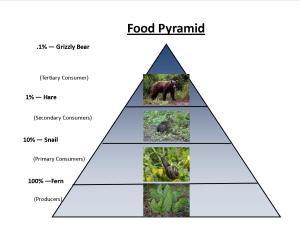
This is a Grizzly Bear.
Climate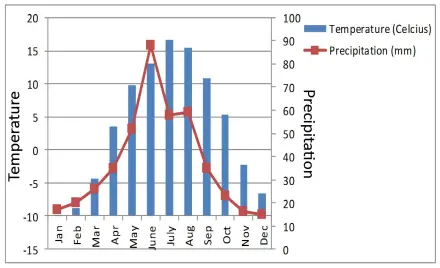
Abiotic Factors in the Boreal Forest
In the boreal forest, there are very cold, long winters, and short mild summers. Since the boreal forest is in the north, cold Arctic air makes for a frigid winter lasting six to seven months. The temperatures get from a high of -1 to a low of -54 degrees Celsius in the winter, and a high of 25 to a low of -1 in the summer.
The sun shines for 20 hours a day in the summer, but in the winter sunlight lasts for a few short hours. These conditions of long days and mild temperatures allows for a rapid burst of plant growth.
Every year the boreal forest get 20 – 200 cm of precipitation! Since the winter is longer than the summer the precipitation is mostly snow.
In the boreal forest the soil is acidic because of falling conifer needles that accumulate on the forest floor. The soil also has poor nutrient which limits the number and type of plant growth.
Location of Boreal Forests
The boreal forests can be found in the northern hemisphere. Its coasts are along the Pacific Ocean and the Atlantic Ocean. It is between 45 degrees and 65 degrees north latitude across Canada and between 55 and 65 degrees north latitude in Russia, Finland, and Scandinavia!
This is a map of the Boreal Forest Biome.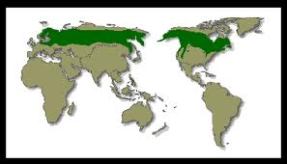
Adaptations of the Grizzly Bear
Did you know? Grizzly Bears can climb trees! These amazing bears climb trees so they reach food that isn’t reachable by just standing up. This is a behavioural adaptation!
Some interactions with the grizzly bear and other organisms are between the grizzly bear and the monarch butterfly. The butterfly eats insects in the bears fur such as ticks. Also between the Grizzly bear and humans for example if a human leaves edible food or if the bear is harmed by the population,hunting, and the human could leave harmful pollution.

Most plants in the boreal forest are frost resistant they have developed an adaptation called extracellular freezing to manage the low temperatures of the forest this is a structural adaptation. The way it works is by pushing the water out of the cells into intercellular spaces where it freezes without damaging the plant.
Grizzly Bear Food Web
This shows the eating relationships involved with a grizzly bear. Grizzly bears are primarily omnivores since they eat both small animals and berries. As you can see, the grizzly bear is a predator, not prey.
Food Web
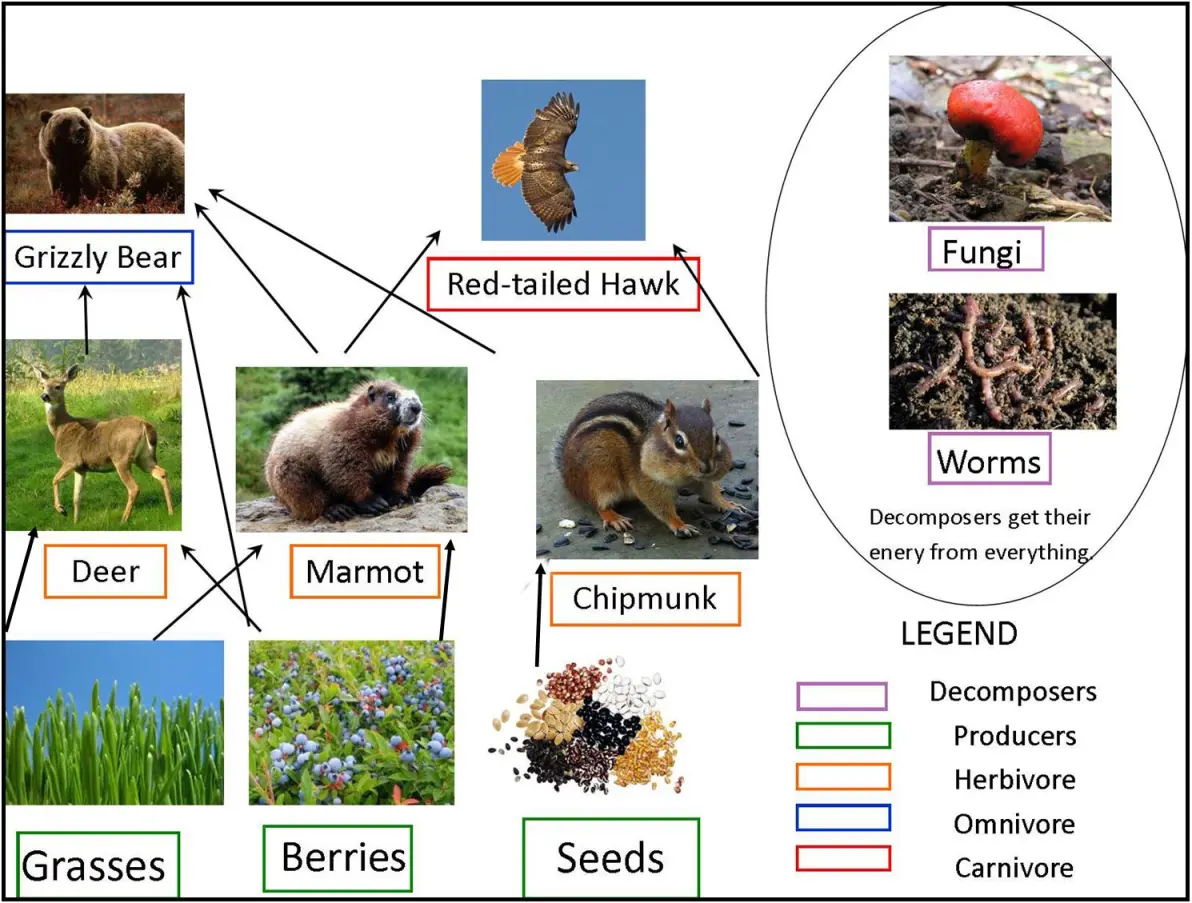
Symbiotic Relationships of the Grizzly Bear
The Grizzly Bear has a mutual relationship with many berry producing plants. This relationship is the bears eat the berries off the plants for nutrition. The plants benefit as the bears spread their seeds in the form of waste. Some Grizzly Bears also have parasitic lice
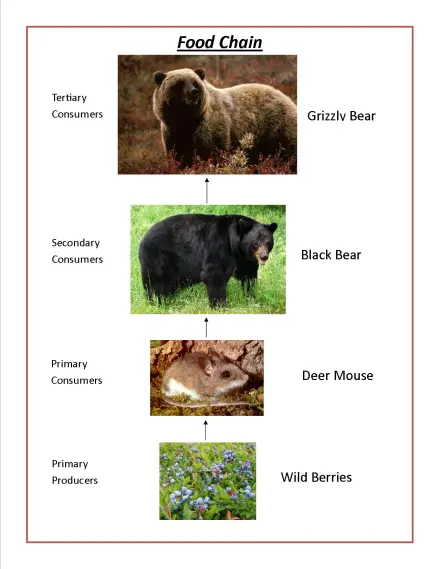
Human Impact
Because of the hunting of big herbivores in the Boreal region, Grizzly bear-human confrontation happens a lot more than it used to. Humans also mine and log in the Boreal region taking land from the bears and destroying the land.
Invasive Species
Currently, logging, shoreline development, and excessive browsing by deer are the primary threats to the boreal forest. In the boreal forest, there are few invasive species that are established, but instead pose a potential future threat. Monitoring and controlling efforts to detect and remove these foreign species before they become well established is critical to the long-term viability of the community. Aggressive species that may threaten the boreal forest biodiversity and structure include Hesperis matronalis, Rosa multiflora, and Elaeagnus umbellata.
Bibliography
WEB PAGES
http://www.brighthub.com/environment/science-environmental/articles/81812.aspx : written by Terri Shultz edited by Rebecca Scudder last updated: 6/30/2011
PICTURES
http://www.burkemuseum.org/images/photos/7582/pnwworldmap_large.png : name of image: Dynamic History of the Boreal Forest Biome of North America; from site Burke Museum. Date accessed: 9/20/2013
animals.nationalgeographic.com/animals/mammals/grizzly-bear/ : name of image: Grizzly Bear Ursus arctos horribilis; photo by John Eastcott and Yva Momatiuk
https://sites.google.com/site/grizzlybearcaston/blog/symbioticrelationships
http://en.wikipedia.org/wiki/File:Red_pouch_fungus_01.jpg Photo byTony Wills
http://commons.wikimedia.org/wiki/File:Female_Blacktail_Deer.jpg Photo by Noël Zia Lee
http://www.gettystewart.com/selecting-seeds-for-your-veggie-garden/
http://www.njnwcoa.com/chipmunk.html
http://www.wild-facts.com/tag/marmot-facts/ Photo by Damean Kuhn
http://www.simply-san-juan.com/red-tailed-hawk-san-juan-islands-washington.html
en.wikipedia.org/wiki/File:Grizzlybear55.jpg
bearsforever.org/Black_Bears.php?cat=2

